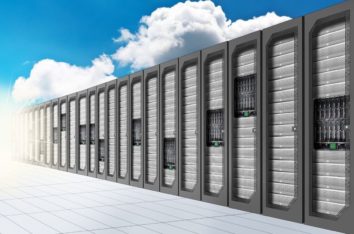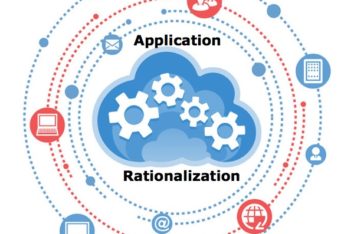Cloud Technology Insights
Are you one of those IT professionals attempting to get their companies to migrate to the cloud but having trouble getting whole-hearted C-suite support? The reason is often the “analysis paralysis” that comes from trying to figure out exactly what kind of cloud service is needed. SaaS, IaaS, PaaS – it’s all so confusing.
To demystify all of this and help you get your CEO to say “yes” to cloud migration, we’re going to take a closer look at these three different levels of cloud service and how they can benefit your organization based on your needs and resources.
SaaS: sweet and simple cloud computing
Software-as-a-Service (SaaS) is about as easy as cloud computing gets. You subscribe to whatever cloud computing applications you need and they get delivered to desktop and/or mobile devices and accessed via a web-based browser and/or app. No new hardware required or complex in-house IT infrastructure needed. SaaS generally provides the lowest cost-per-seat of any cloud solution, but it does come with some challenges including:
- Adopting to business processes in the SaaS application
- Configuring the new solution to work best in your business
- Data migration from your legacy solution
- Replacing integrations with other corporate systems
Of course, it helps to thoroughly vet potential SaaS providers and choose one that best fits your needs and IT capabilities.
If your organizational IT capabilities are relatively modest and off-the-shelf software perfectly acceptable, SaaS is a great place to start and the cloud migration option that will be easiest to get CEO buy-in.
IaaS: building your success on someone else’s infrastructure
Infrastructure-as-a-Service (IaaS) is the next rung up or down on the cloud migration ladder (depending on how you look at it computationally). IaaS provides the fundamental building blocks of computing resources upon which you run your software. IaaS is the traditional hardware layer that includes servers, storage arrays, switches, and network capabilities that you can use to create a virtual computing infrastructure in the cloud instead of struggling with a physical one on-premise. The major benefit of IaaS is the ability it provides you to quickly scale up or down, add capacity, reconfigure network resources and functionality without having to invest in, install, and integrate new hardware and software in-house.
IaaS is ideal for enterprises that require proprietary software solutions and other unique IT capabilities that are not easily found in SaaS solutions. IaaS enables your IT department to figuratively pick up and move its environment from the premise to the cloud – with perhaps a little refactoring – and cut itself loose from a more restrictive and relatively inflexible on-premise, hardwired infrastructure. CEOs can be quick to embrace IaaS when they realize the cost benefits of shifting the burden of IT CAPEX to the cloud service provider and converting internal IT to OPEX.
PaaS: creating your cloud environment from the ground up
Platform-as-a-Service (PaaS) is essentially a cloud-based work bench and tool box for enterprise IT professionals and software developers. PaaS provides the cloud-based foundation upon which developers can create software solutions using the technological resources of the CSP without having to worry about such things as storage space, workload distribution, and server capabilities. Instead, they can focus in application development and programming, not the physical resources needed to accomplish it. Just like other XaaS services, PaaS is generally paid for on a subscription basis so users can pick and choose the platform features they want and only pay for the developmental firepower they need. Sharing the underlying infrastructure with other developers enables them to take advantage of economies of scale.
PaaS is the way to go for enterprises with unique requirements that demand custom software. PaaS enables you to create or customize your own applications in the cloud and then take them through testing to deployment – no need to purchase hardware or worry about how to manage it. PaaS users have complete control over the tools installed within their platforms and can create a platform to suit their particular requirements. What makes PaaS attractive to the C-suite is the ability it provides to develop the proprietary software solutions you need without having to make the CAPEX investment in the physical infrastructure to design, test, and deploy those solutions.
Summary
There you have it. Three levels of cloud service that enable you to present some attractive cloud options to your CEO in your quest to effectively and cost-efficiently migrate your IT ecosystem to the cloud. Who can say “no” to that? But be sure to lead with the business benefit and application migration game plan, nesting the technical approach as part of the “how” in the migration story.
New to the cloud? Download our eBook: "A Guide to Adopting Cloud Computing for IT Leaders." Of course, you may always reach out to Boston Data Group for a personalized discussion about the economics of migrating your IT infrastructure to the cloud.


